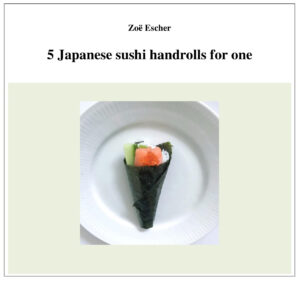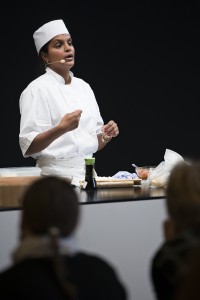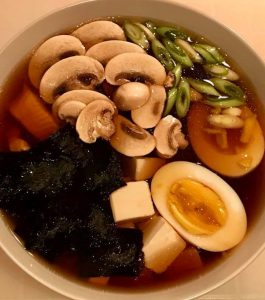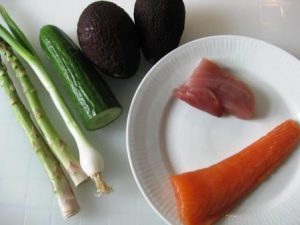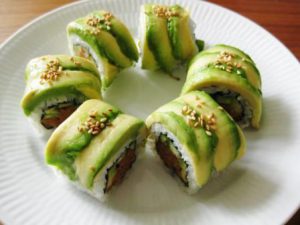Teriyaki is a Japanese cooking method where foods, such as fish or meat, are marinated and later brushed with a glazed sauce before being cooked by frying. The word ‘teriyaki’ is derived from ‘teri’, which refers to the shiny from the glazed sauce, and ‘yaki’, which means frying or grilling in Japanese.
The sauce is the heart of this dish. It is a sauce that is made from scratch and is a thick. The shiny sauce clings to the food and provides a sweet and salty balance.
Salmon, with its rich texture and mild taste, is an ideal fish for teriyaki. Salmon and teriyaki are best friends.
Teriyaki salmon is a delicacy that combines the best of the Japanese culinary world.
With its shiny sheen and deep flavor, it is a dish that will impress both guests and your own taste buds.
Do you want to join the year’s only cooking course, where you learn to make tasty dishes from classic Japanese cuisine?
In the Traditional Japanese Cooking Course for Beginners, you will learn step by step how to make this delicious dish with salmon.
_
Zoë has held sushi courses and cooking classes for A. P. Moller – Maersk, Hugo Boss Nordic, Novo Nordisk, Novartis, Velux, Gorrissen Federspiel, Beierholm revision, Elbek & Vejrup and many more.


